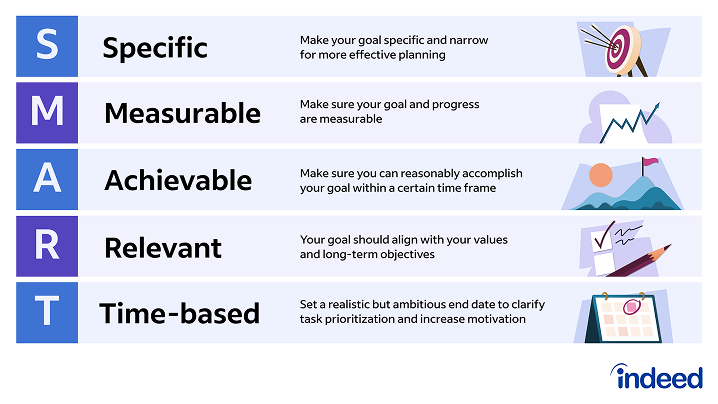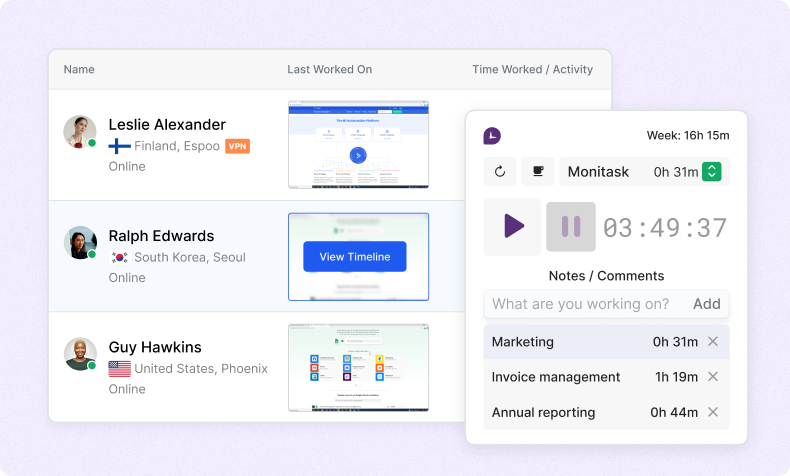Mastering Virtual Team Management: Guide to Leading Remote Teams

The global shift toward remote and hybrid work has transformed the way businesses operate. Today, virtual team management is no longer a specialized skill for a select few—it has become a cornerstone of modern leadership.
Whether you’re leading software developers across multiple continents, marketing professionals scattered across time zones, or customer service representatives working from home, the ability to manage virtual teams effectively is essential.
This guide explores the strategies, tools, and best practices that make virtual team management successful. We’ll dive into communication methods, cultural integration, performance management, and employee well-being, drawing on real-world examples and lessons learned from high-performing distributed teams.
1. Building a Foundation of Trust
Trust is the lifeblood of any team, and in virtual environments, it becomes even more critical. Without the casual conversations of office hallways or spontaneous chats over coffee, leaders must be deliberate in creating trust. It begins with clarity: employees need to know exactly what is expected of them, from roles and responsibilities to deadlines and deliverables.
Documenting these in shared spaces like Notion or Confluence prevents confusion and ensures accountability. But trust is also earned through reliability. Managers who keep their promises—whether it’s delivering feedback on time or showing up for a scheduled call—quickly build credibility.
Beyond that, fostering psychological safety is essential. Remote employees should feel comfortable sharing ideas or raising concerns without fear of judgment. GitLab, for example, has mastered this by publishing a comprehensive online handbook that lays out every policy and process.
This kind of transparency not only builds trust but also creates an environment where everyone feels supported.

2. Communication: The Core of Remote Collaboration
Miscommunication is the number one challenge in remote work. With employees relying on text, email, and video calls, it’s easy for intent to get lost. Virtual managers must over-communicate and create clear frameworks.
Best Practices:
- Multiple Channels for Different Needs: Use Slack for quick chats, Zoom or Teams for collaborative discussions, and email for formal updates. Each channel has its place.
- Establish Communication Guidelines: Define norms for response times, meeting etiquette, and escalation procedures. For example, a rule might be: “Slack messages should be answered within 4 working hours, emails within 24.”
- Promote Over-Communication: In a remote setup, it’s better to clarify twice than leave room for assumptions.
Automattic (the company behind WordPress) uses asynchronous communication extensively. Team members share updates in written form so that colleagues in different time zones can catch up later without being forced into late-night calls.
3. Choosing the Right Tools
Selecting the right tools can streamline communication and improve team efficiency.
Popular project management platforms like Trello, Asana, and Jira can help track workflows, while communication tools such as Slack, Zoom, or Microsoft Teams ensure seamless collaboration.
For document storage and co-editing, platforms like Google Workspace and Notion are ideal.
To track productivity transparently, tools like Monitask provide useful insights without micromanaging.
4. Balancing Autonomy and Accountability
Balancing autonomy with accountability is key. Start by setting SMART goals that are clear, achievable, and time-bound, ensuring everyone knows exactly what they are working towards.
Shift the focus from tracking hours to measuring outcomes—this allows remote employees the freedom to work in a way that suits them while still meeting expectations.
Encourage employees to take ownership of their tasks and propose their own methods, which fosters both creativity and accountability.

5. Cultivating a Strong Team Culture
A company’s culture doesn’t live in an office—it lives in the values and behaviors that people practice every day.
For virtual managers, cultivating culture requires intention. It can be as simple as creating moments of connection through virtual coffee chats or informal team huddles that mimic “water cooler” interactions.
Celebrating wins, no matter how small, also reinforces a sense of belonging and pride. Whether it’s a shout-out in a team meeting or a dedicated channel for celebrating milestones, recognition strengthens morale. Even encouraging employees to share personal interests—photos of pets, favorite playlists, or weekend stories—helps humanize digital interactions and remind people that they’re more than just their job titles.
Zapier, for instance, runs regular “pair buddies” sessions where employees are randomly matched for short conversations. These small initiatives build bonds across departments and make distributed teams feel more cohesive.
6. Managing Across Time Zones
Managing across multiple time zones requires smart planning.
First, adopting asynchronous workflows, where teams document decisions and share them in shared spaces, ensures that all team members can contribute regardless of their time zone.
Using shared calendars, such as World Time Buddy, can help identify overlapping work hours, and limiting synchronous meetings to collaborative problem-solving reduces the strain of frequent calls.
7. Supporting Professional Growth and Well-being
Remote work has blurred the lines between personal and professional life, which makes employee well-being and development more important than ever.
Many managers assume that remote employees are always available, but this can quickly lead to burnout. Respecting boundaries means acknowledging that personal time is sacred and setting clear expectations around work hours.
Tools like Monitask help managers see productivity transparently, eliminating the need to chase employees outside of their working hours. But well-being goes beyond rest—it’s also about growth. Employees who don’t see opportunities to advance their skills are likely to lose motivation.
Offering online training, sponsoring workshops, or creating mentorship opportunities helps employees feel valued and invested in. Companies like Buffer even provide wellness stipends, encouraging staff to prioritize health alongside work.
When managers actively promote balance and professional growth, they send a powerful message: the company cares about its people, not just its output.

8. Regular Feedback Loops
Effective managers don’t just lead—they listen. Feedback ensures that processes evolve with the team’s needs.
Feedback Practices:
- One-on-One Meetings: Use weekly or bi-weekly check-ins for open discussions.
- Anonymous Surveys: Collect honest feedback on team morale and workflows.
- Act on Feedback: Nothing disengages employees faster than ignored suggestions.
Spotify uses regular “pulse surveys” to gauge employee sentiment and quickly adapt to issues that may arise within teams.
9. Handling Conflict in Virtual Teams
Conflict is a natural part of teamwork, but in virtual environments it can escalate quickly when body language and tone are lost behind screens. That’s why leaders must approach conflict with openness and neutrality.
Encouraging employees to address issues directly with one another is often the fastest way to resolve misunderstandings. When intervention is required, managers should step in as mediators, guiding discussions toward solutions rather than blame.
It’s equally important to document resolutions so the same disputes don’t resurface later. In remote teams, where communication happens largely in writing, clarity and follow-through are essential to prevent lingering tension.
By normalizing constructive conflict resolution, managers can turn disputes into opportunities for learning and collaboration rather than sources of division.

10. Measuring Success in Virtual Teams
Performance measurement helps managers understand what’s working and where improvements are needed.
Key Metrics:
- Project Delivery: Are tasks completed on time and within scope?
- Engagement Levels: Are employees participating actively in meetings and communications?
- Employee Satisfaction: Use surveys to gauge morale.
High-performing virtual teams often have high engagement levels, strong trust, and low turnover rates, even more so than traditional office teams.
Maximize productivity of your business
Track employee productivity and simplify work with them
Conclusion: The Future of Virtual Team Management
The key to thriving in effective virtual team management in this new landscape lies in building trust, maintaining clear communication, and creating a strong sense of culture, even from a distance.
Leaders who embrace these strategies, foster accountability, and support their teams’ well-being will not only drive high performance but also cultivate loyalty and job satisfaction. As businesses increasingly adopt remote and hybrid models, the ability to manage virtual teams will become a defining factor in an organization’s long-term success.
The companies that master virtual leadership today will not only stay competitive—they’ll attract the top talent of tomorrow and lead the charge in transforming how work gets done.
– The Monitask Team
FAQ: Virtual Team Management
How do you motivate remote employees?
Recognition, autonomy, and professional growth opportunities are strong motivators. Celebrate wins, offer learning paths, and trust your team.
Should managers use monitoring software?
If used transparently, time-tracking tools (like Monitask) can help balance workloads. However, misuse can erode trust, so managers should focus on outcomes, not surveillance.
How can you build culture without an office?
Through intentional rituals—virtual meetups, celebrating milestones, and fostering personal connections online.
Are virtual teams more productive than in-office teams?
Studies suggest that remote teams can be just as productive, if not more so, provided they have strong leadership, good tools, and healthy culture.



